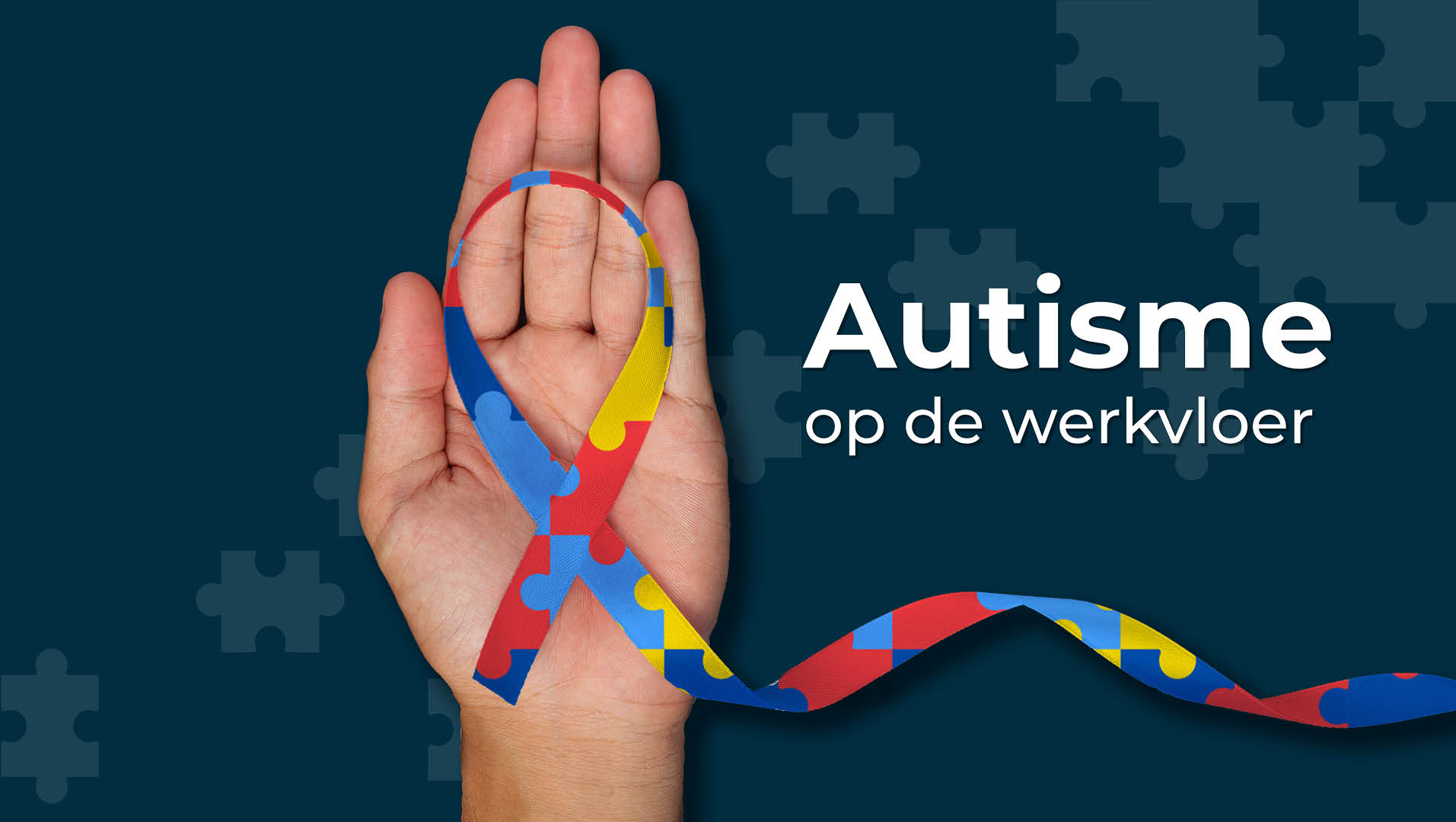Making collaboration effective: building bridges between autistic and non-autistic colleagues
The workplace 'needs' to be more inclusive and diverse! And the workplace is happily becoming so. Yet working is not yet natural for everyone. An estimated 1.2% of the population has a form of autism. This amounts to about 190,000 people in the Netherlands. However, research shows that only 29% of people with autism have a regular job. There are many preconceptions about working with people with autism. However, when striving for an inclusive and diverse workforce, these colleagues cannot be missed. In observance of World Autism Day, we offer some tips for bridging the communication gap between employees with and without autism and working together effectively. And really, this is not very different from many colleagues you already employ.
5 focal points for working with colleagues with autism
-
Awareness and education
An essential first step is to understand the challenges faced by colleagues with autism. Organize workshops or training sessions to raise awareness and eliminate misconceptions. Also have your own colleagues with autism join so they can provide examples from work.
-
Clear communication
Clear and direct communication is often crucial for colleagues with autism. Go for open communication with clear deadlines and specific instructions and avoid ambiguous language and vague directions. As with all colleagues, offer space to ask questions for clarification.
-
Flexible work environment
The needs of a colleague with autism may be different than for other colleagues. To improve collaboration, creating quiet workspaces for concentration, flexible work hours or using e-mail or chat to reduce social over communication may be recommended.
-
Leveraging strengths
Each individual, regardless of neurodiversity, brings unique strengths and skills to the team. Identify and leverage these strengths by assigning tasks based on individual abilities. This can lead to a balanced and productive collaboration where everyone contributes based on their talents.
-
Empathy and respect
Fostering a culture of empathy and respect within the team is essential. Encourage open dialogue and create an environment where all team members feel heard and respected. This can build trust and foster a sense of connection between autistic and non-autistic colleagues.
Autistic or not?
Conclusion. Effective collaboration between autistic and non-autistic colleagues requires awareness, communication, flexibility, leveraging strengths and a culture of empathy and respect. Another conclusion? A diverse and inclusive organizational culture also requires awareness, communication, flexibility, leveraging strengths and a culture of empathy and respect. Therefore, don't let the spectrum a person is on influence competencies and organize a culture where employees can perform at their best. At paraDIGMA groep , we believe that anyone who wants to work can work and are happy to support your organization in making this desire possible. To learn more about our vision, visit our website and contact us without obligation.

Come work for paraDIGMA groep and help us make a difference in the field of Sustainable Employability!
RELATED POSTS
How do you adapt in a difficult situation? How do you manage stress? And how do you seek help? In other words, how do you reinvent yourself? In our latest Anders [...]
Patrick van der Jagt on reinventing yourself | Anders Denken Podcast #15 How do you adapt in a difficult situation? How do you manage stress? And how do you seek help? [...]
Where will talent be in 5 years? What role will the CV play in that? What role will 21st century skills play? And how do you retain this new talent? In [...]



